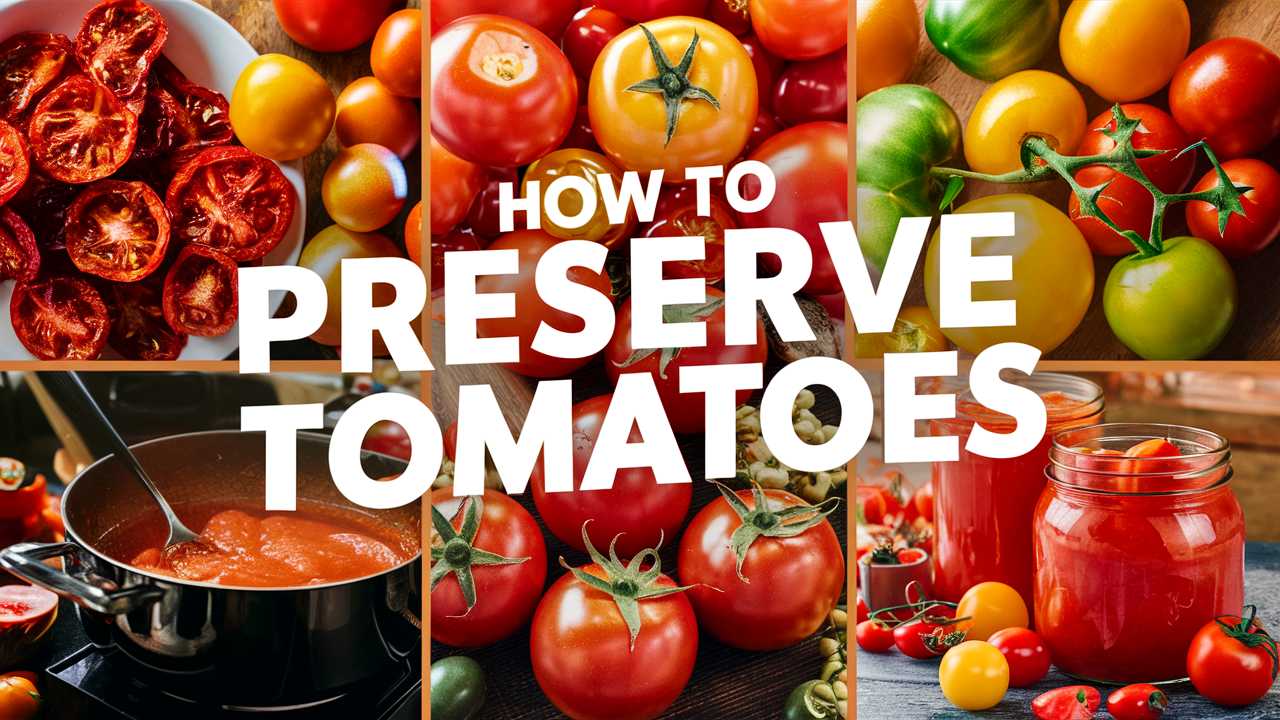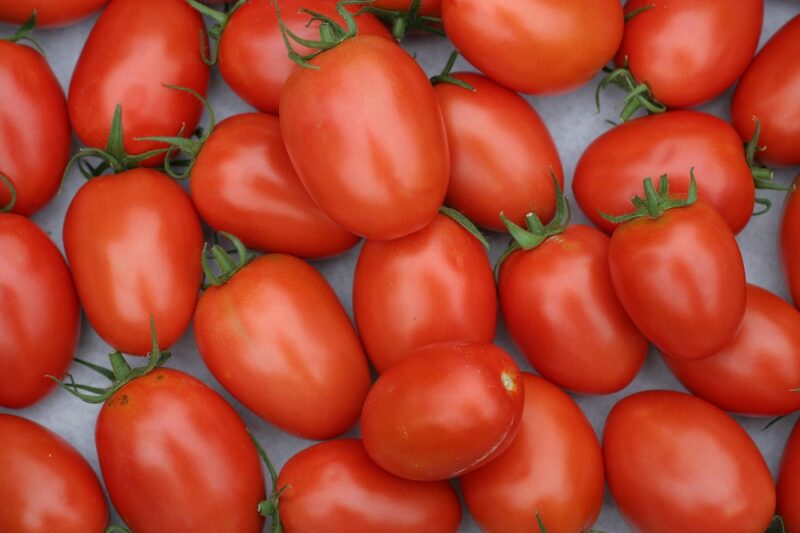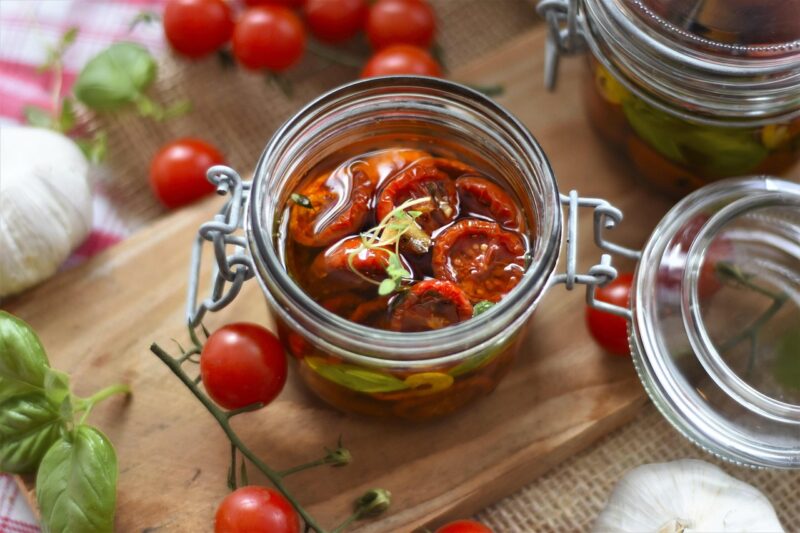Tomatoes, with their vibrant color and luscious flavor, are often heralded as the cornerstone of summer’s bounty. Whether grown in your backyard or gathered from local farmers’ markets, the joy of harvest can be bittersweet. If a plentiful supply leaves you with more tomatoes than you can consume, don’t fret!
Preserving tomatoes allows you to capture their essence, enabling you to enjoy the taste of summer in the depths of winter. This guide explores the art and science of tomato preservation, anticipating each step with both knowledge and care.
The Importance of Preservation

Before tackling the how-to’s, it’s worth considering why preserving tomatoes is so meaningful. Beyond simply saving what you’ve grown, the preservation process connects us to the earth’s cycles and seasons. It teaches us sustainability by reducing food waste, reminding us of summer’s abundance when the frost has set in. For many, it also evokes fond memories of family traditions, kitchens filled with laughter, and meals shared. Each jar of preserved tomatoes is a time capsule, ready to transport you back to sunny days at the farmer’s market or the sweat and satisfaction of a well-tended garden.
Choosing the Right Tomatoes
The journey of preserving tomatoes starts with selecting the right varieties. Not all tomatoes are created equal, and some are particularly well-suited for preservation.
Varieties to Consider
Roma Tomatoes: Known for their dense flesh and few seeds, Roma tomatoes are often considered the gold standard for canning and saucing. Their thick skin helps them retain flavor well during the preservation process.
San Marzano Tomatoes: Hailing from Italy, San Marzanos balance sweetness and acidity rare in other varieties. Their rich taste elevates any preserved dish.
Beefsteak Tomatoes: These large, meaty tomatoes can work well for sauces and salsas. Their juicy nature, however, means they need careful handling when preserving.
When selecting tomatoes, freshness matters immensely. Overripe or damaged tomatoes can lead to spoilage in your preserves. Look for firm, unblemished fruits with vibrant color.
Tools of the Trade
Even the most brilliant preservation techniques won’t succeed without the right tools. Here’s what you’ll need to set the stage for a successful preserving experience:
Canning Jars: Wide-mouth jars are preferable for large tomatoes, while regular jars work well for sauces. Always use jars designed for canning to ensure safety.
Lids and Bands: Be sure to have new lids for each canning session to maintain a seal.
Canning Pot: A large pot for water bathing jars is essential. A few rack inserts can keep jars from touching the bottom of the pot, preventing breakage due to direct heat.
Funnel: A canning funnel helps to pour the tomato mixture into jars without spillage.
Jar Lifter: This tool allows you to move hot jars safely, protecting your hands from burns.
Food Mill: If you’re making sauce, a food mill can save you time and effort in removing skins and seeds.
Having the right tools on hand sets a tone of preparedness and excitement for the preservation journey.
Preparing Tomatoes for Preservation
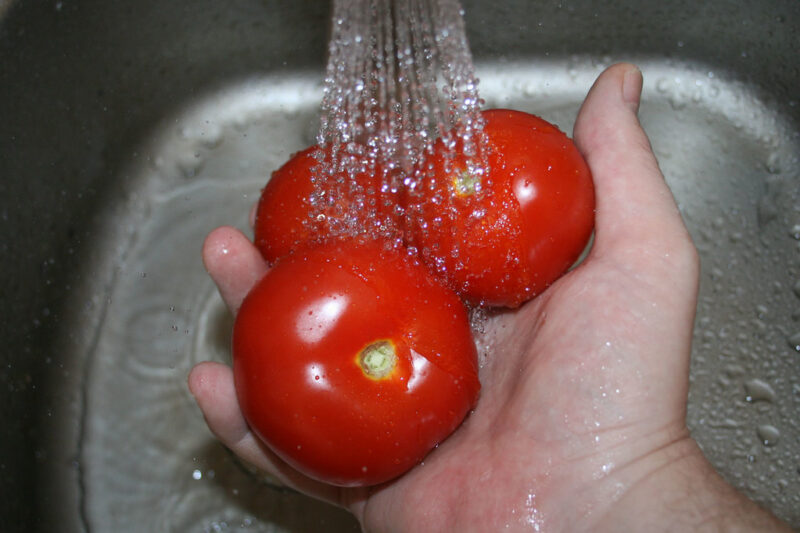
The art of preservation begins with preparation. Whether you’re canning, freezing, or making sauce, how you prepare your tomatoes will impact the final product.
Washing and Peeling Start by rinsing your tomatoes under running water. For sauces or canned tomatoes, you might consider blanching them to easily remove their skins. Simply immerse the tomatoes in boiling water for about 30 seconds, then transfer them to an ice bath. The skins will slip off effortlessly.
Cutting Techniques Depending on your preservation method, you’ll need to cut the tomatoes differently. For canning whole tomatoes, you might keep them intact. For sauces, roughly chopping them helps to release their natural juices and flavor. Consider keeping a few tomatoes whole, even in a sauce, for added texture and visual appeal.
Methods of Preservation
When it comes to preserving tomatoes, several methods stand out. Each method has its charm, offering different flavors and textures, depending on personal preference.
Canning
Canning is a time-honored method that involves using heat to create a vacuum seal. This process extends the shelf life of tomatoes significantly.
Water Bath Canning This method is suitable for high-acid foods, including tomatoes. Here’s a step-by-step overview:
Sterilize the Jars: Simmer your jars in hot water for at least 10 minutes to ensure they are clean and ready for filling.
Prepare the Tomatoes: After peeling and cutting, pack the tomatoes into jars, leaving about half an inch of headspace. You can add lemon juice or citric acid to enhance acidity, ensuring safe preservation.
Seal the Jars: Wipe the rims clean, place the lids on, and secure with bands. Don’t overtighten, as this can prevent steam from escaping.
Process the Jars: Lower the jars into a boiling water bath and process for the recommended time, usually around 45-60 minutes, based on your altitude.
Cool and Store: After processing, let jars cool completely before checking seals and storing in a dark, cool place.
Pressure Canning For low-acid foods or specific recipes with additional ingredients, pressure canning is a more suitable method. It involves higher temperatures and is more complex, so ensure you follow a trusted recipe carefully to avoid safety issues.
Freezing
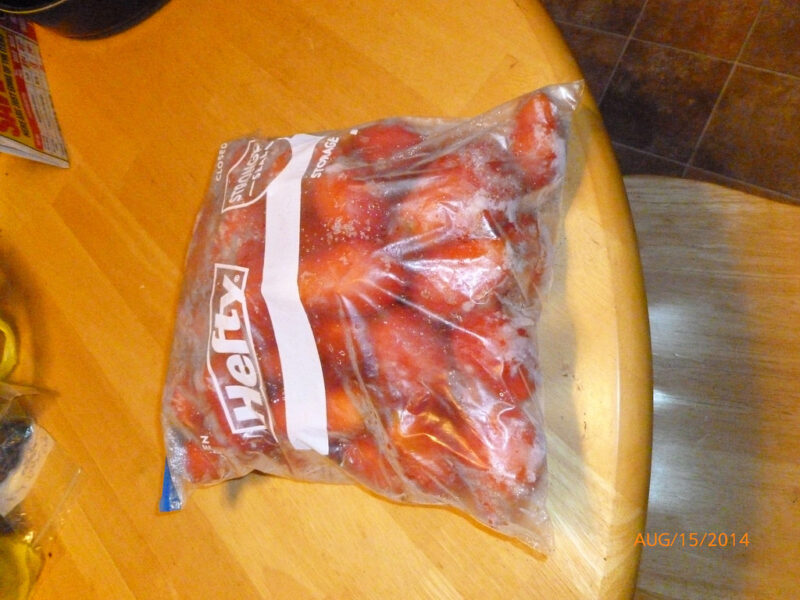
Freezing is one of the simplest ways to preserve the integrity and flavor of tomatoes without complicating the process. It allows for greater flexibility in preserving, as you can freeze tomatoes whole, diced, or even as a sauce.
How to Freeze Tomatoes
Prepare the Tomatoes: Wash and remove skins if desired. Cut them into halves or quarters to save space.
Blanch for Fresh Taste: If you want to preserve the texture, blanching before freezing can help.
Pack Into Bags: Using freezer-safe bags or containers, pack the tomatoes, leaving some space for expansion.
Label and Store: Make sure to label your bags with the date, so you know when they were frozen. Ideally, consume stored tomatoes within eight to twelve months for optimal freshness.
Dehydrating
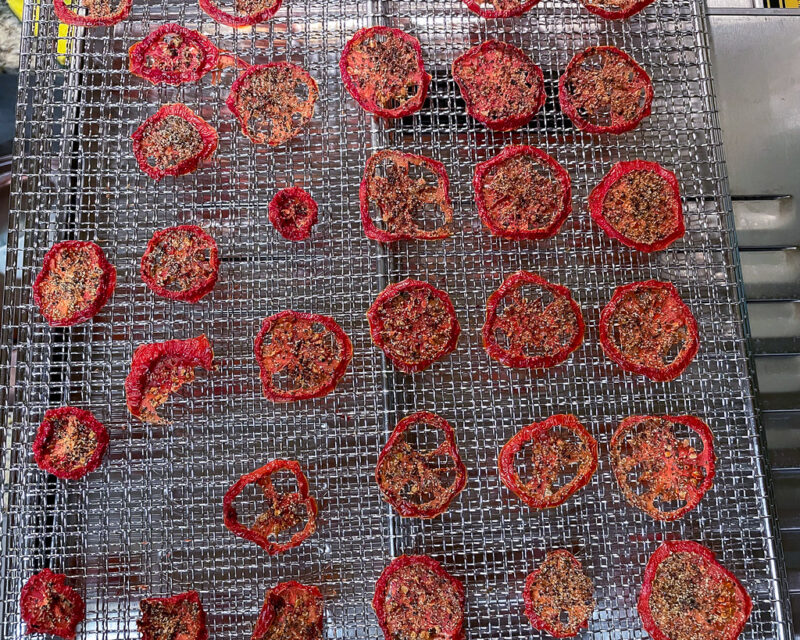
Dehydrating tomatoes concentrates their flavor, making them a culinary delight for future dishes. This method is gaining popularity among chefs looking for intense tomato flavors.
How to Dehydrate Tomatoes
Slice Evenly: Cut tomatoes into uniform slices to promote even drying.
Remove Excess Moisture: Sprinkle salt on the slices to draw out moisture and enhance flavor.
Use a Dehydrator or Oven: A dehydrator offers precise temperature control, while an oven set to its lowest setting will also work—just keep the door slightly ajar for airflow.
Storage: Keep dried tomatoes in a cool, dark place in airtight containers. Consider vacuum sealing for an extended shelf life.
Making Tomato Sauce
Creating sauce is not just about preservation; it’s also about crafting something new and exciting from your harvest.
Recipe for Homemade Tomato Sauce
Ingredients:
10 lbs of fresh tomatoes (preferably Roma or San Marzano)
2 cups chopped onions
4 cloves garlic, minced
Olive oil
Basil, oregano, salt, and pepper to taste
Process:
Prepare the Tomatoes: Follow the washing and peeling instructions as described earlier.
Cook the Base: Sauté onions and garlic in olive oil until translucent. Add tomatoes, allowing them to break down and create a sauce.
Season and Simmer: Add herbs, salt, and pepper, and let the sauce simmer for at least an hour to develop flavor, stirring occasionally.
Blend or Leave Chunky: Depending on your preference, you can blend the sauce to a smooth consistency or keep it chunky.
Preserve: Jar the sauce following the water bath canning process or freeze it in portions for easy future use.
Enjoying Your Preserves

After the hard work of preserving tomatoes, it’s time to relish in your accomplishments. There are countless ways to enjoy preserved tomatoes throughout the year. Whether using them in stews, sauces, or simply as toppings, their versatility allows for delicious culinary exploration.
Culinary Uses
Pasta Sauces: One of the classic uses for preserved tomatoes is in pasta dishes, where a simple sauce can become a family favorite.
Soups and Stews: Tomatoes add depth to soups and stews, transporting the taste of summer directly to your bowl.
Salsas: For a fresh twist, mix preserved tomatoes with onions, cilantro, and lime for a vibrant salsa.
Pizza Toppings: Use your preserved tomatoes to create homemade pizzas, blending their rich flavors.
Sharing your creations with friends and family can also foster a sense of community, opening avenues for connections through food, gratitude, and nurturing.
Conclusion
Preserving tomatoes is more than just a kitchen task; it’s a celebration of seasonal abundance, creativity, and the powerful connection between food, memory, and community. As you witness the rich colors and rich aromas waft through your kitchen, you’ll appreciate each process and the effort it takes to keep the taste of summer alive year-round. From canning to freezing, each method is unique, allowing you to discover your own favorites and create a personal legacy within every jar and every meal.


